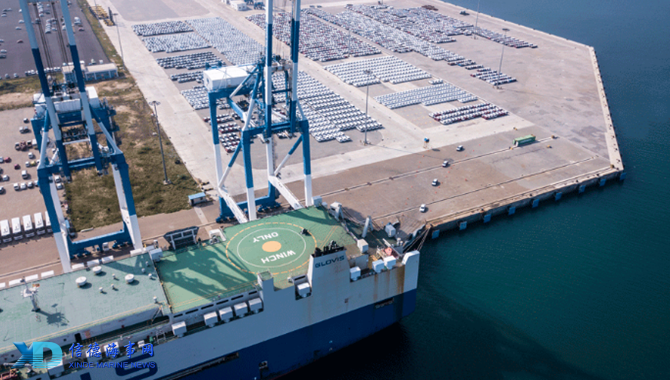
A port in Hambantota, Sri Lanka - a country seen as an important juncture along the Maritime Silk Road under the Belt and Road Initiative has been revived and started gaining economic benefits under the management of China Merchants Port Holdings (CMPort).
Though Sri Lanka's geographical location means it has been on the crossroad of dozens of maritime transportation routes for hundreds of years, only a handful of ships and boats have anchored in the country in the past. The country had no port and locals used to fish and farm for a living.
In order to take full advantage of its strategic location, the Sri Lankan government decided to build a comprehensive hub port in Hambantota. However, the scale and difficulty of the project not only baffled the local enterprises, but also deterred many international giants.
CMPort, a Chinese enterprise last year took over the construction project determined to use all of its experience and expertise to make the project a success.
The first and second stages of the project have now been completed.
The port, with a wharf length of 3,487 meters and a total of 10 berths, serves as a comprehensive hub port not only for containers, bulk cargo and other general cargo handlings but also allowing oil carriers and large roll-on roll-off ships to dock.
With the operation of a ro-ro terminal for vehicles, Sri Lanka no longer has to import autos in containers, leading to a surge in automobile sales in the country. Statistics showed that car ownership in the country had reached 672,502, a year-on-year increase of 18.6 percent.
"When you have more capacity coming into Colombo, the freight rate becomes lower. The import freight that you pay becomes lower and that helps consumer, that helps the people of Sri Lanka," said Parakrama Dissanayaka, chairman of Sri Lanka Ports Authority.
The help of China Merchants Group Ltd., parent company for CMPort, has turned Sri Lanka into a transit station for international shipping, benefiting both the country's development as well as global trade.
Today, more than 50 percent of the world's container freight, one third of the bulk shipping and two thirds of the world's oil shipments pass through these waters, and more than 300 ships from more than 30 countries have docked there, a tenfold increase in just five years.
Currently, nearly 700 locals are working in various positions at the Hambantota port, and they are hopeful about the future.
"To tell you the truth, I retired last year and I am still working. I want to see skyscrapers here, I want to see a lot of industries coming in here and I want to see the people of this area prosperous," said Ravindra Jayawickreme, CEO of the Hambantota International Port Services (HIPS).
Sources:cctvplus
Please Contact Us at:
admin@xindemarine.com


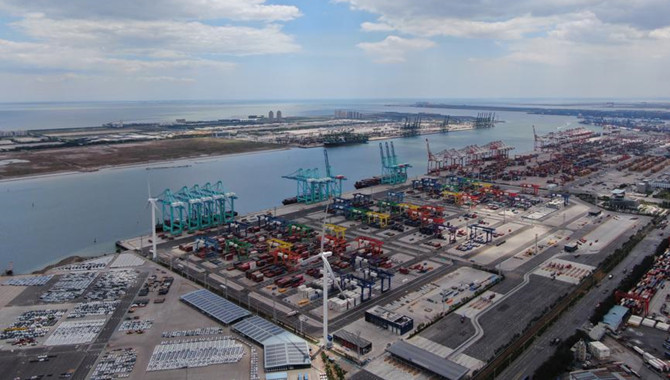 Tianjin Port container terminal goes high-tech
Tianjin Port container terminal goes high-tech 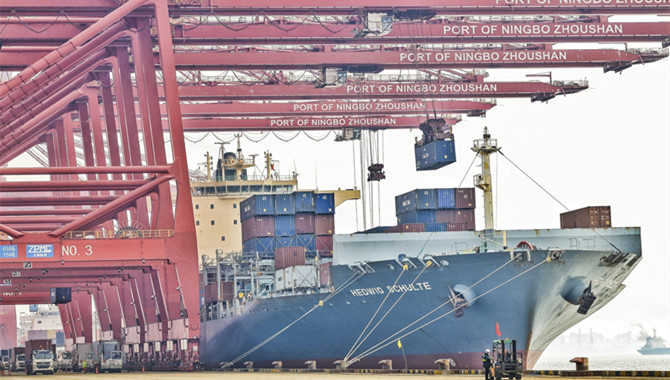 China's Zhoushan Port plays a booster for global tr
China's Zhoushan Port plays a booster for global tr 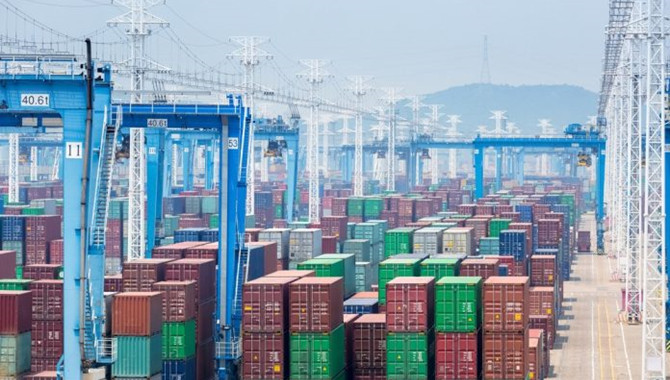 Ningbo Zhoushan hits 1 million TEU milestone in the
Ningbo Zhoushan hits 1 million TEU milestone in the 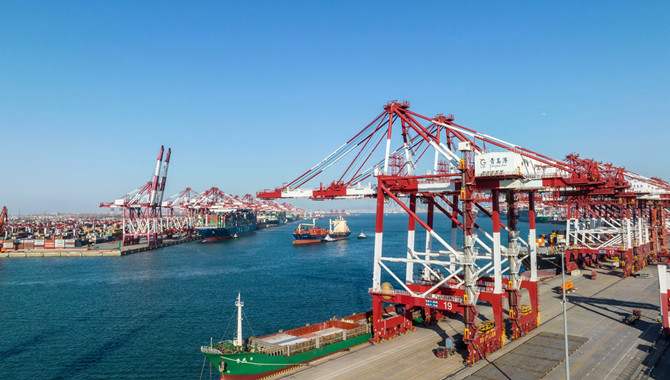 Shandong aims to build world-class ports cluster in
Shandong aims to build world-class ports cluster in 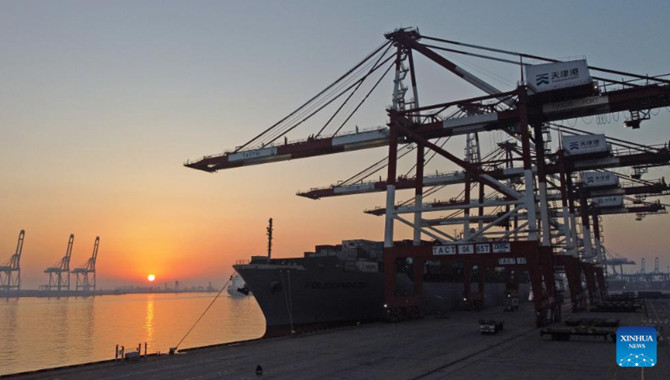 Tianjin Port sees container throughput expand 6.9%
Tianjin Port sees container throughput expand 6.9% 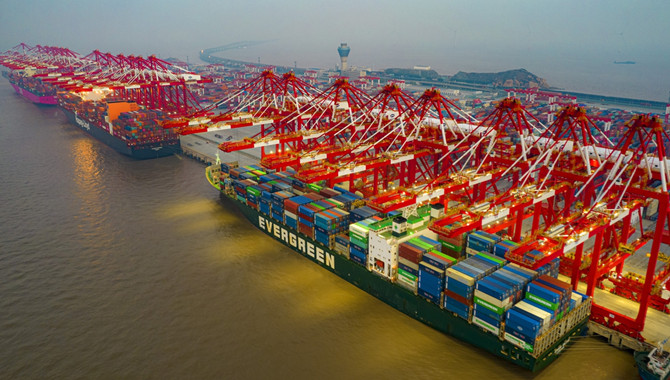 Sea ports renege quarantine, promote marine trade
Sea ports renege quarantine, promote marine trade